 Software Tutorial
Software Tutorial
 Computer Software
Computer Software
 How to make a PS official seal-PS official seal making tutorial
How to make a PS official seal-PS official seal making tutorial
How to make a PS official seal-PS official seal making tutorial
php editor Banana brings you the most comprehensive PS official seal production tutorial, covering everything from basics to advanced techniques. Through this tutorial, you will learn how to use PS software to make beautiful official seals, making your work more professional and personalized. Whether you are a novice or a designer with a certain PS foundation, you can benefit a lot from it. Follow our steps to easily master the skills of making PS official seals, improve your design level, and win more praise and recognition!
Step one: Open PS, create a new document with a resolution of 500*500 and a resolution of 72, and set the background color to white (as shown in the picture).
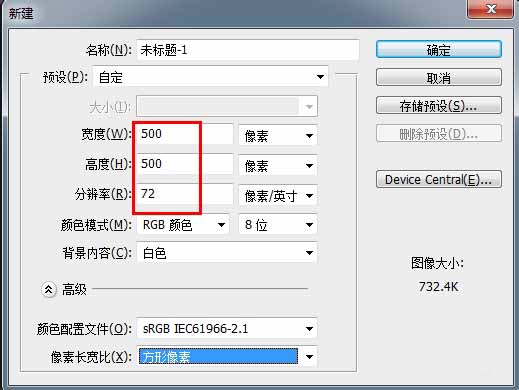
Step 2: Select the ellipse shape tool and press [shift alt key] to draw a perfect circular path (as shown in the picture).
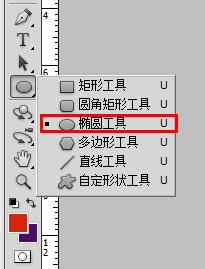
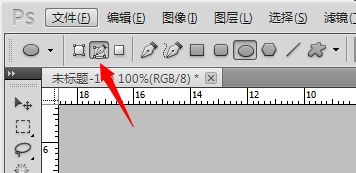

Step 3: Create a new layer, set the brush tool size to 8 pixels, the hardness to 100, and the foreground color to red (as shown in the picture).
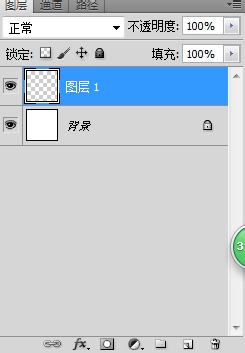
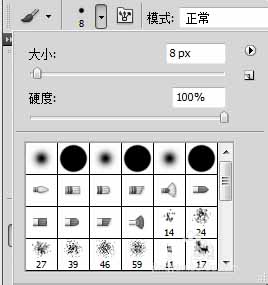
Step 4: Open the path panel, click on the path stroke, and get a red perfect circle, which is the outline of the official seal (as shown in the picture).
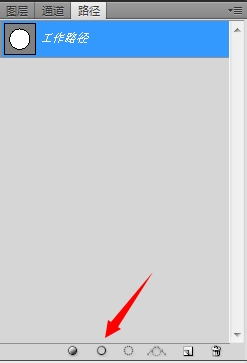
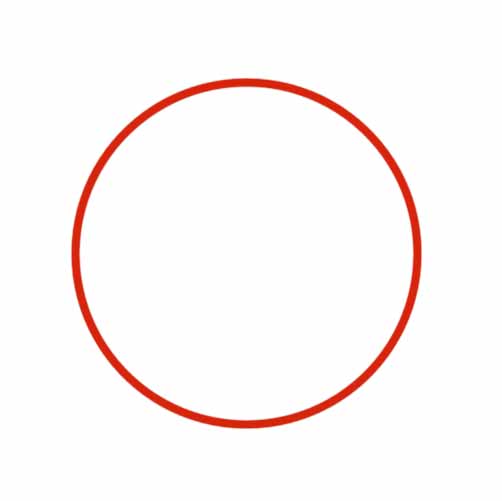
Step 5: Select the path and press [ctrl t key] to reduce the path to a suitable size (as shown in the picture).
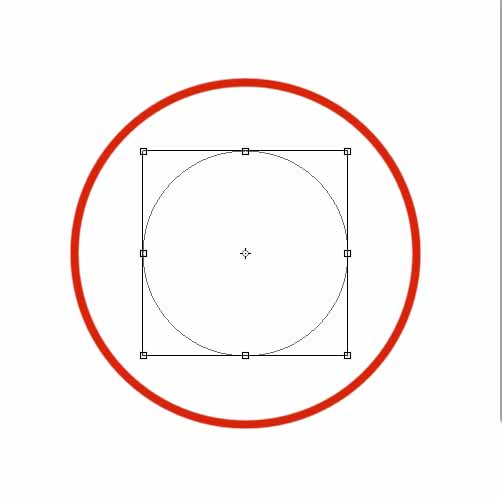
Step 6: Create a new layer and use the text tool to write the name of the official seal along the path (as shown in the picture).

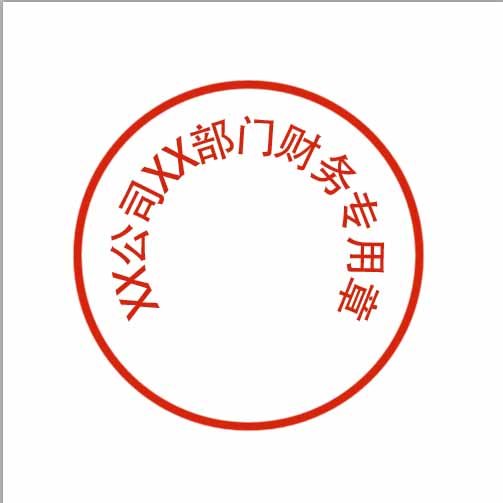
Step 7: Create a new layer, select the Polygon Tool, set the number of sides to 5, check the [Star] option, and draw a five-pointed star in the center of the layer (as shown in the picture).
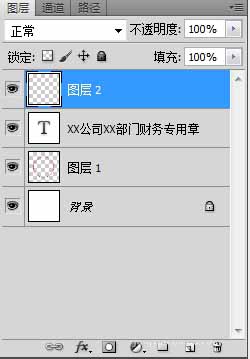
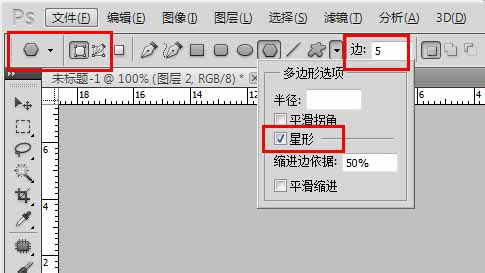

Step 8: Import a mottled texture picture, place it on the top layer of the layer, set the layer mode to [Screen], and adjust the size and contrast of the picture (as shown in the picture).
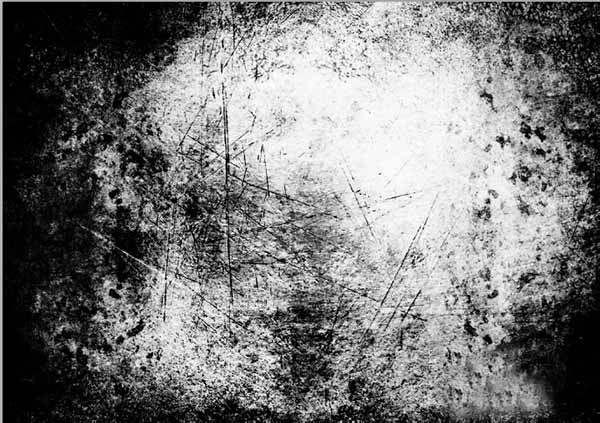
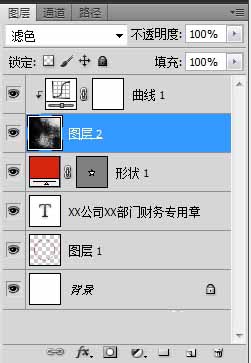
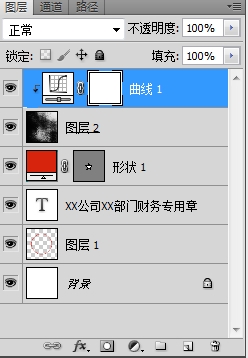
Step 9: The final effect is as follows (as shown in the picture).

The above is the entire content of how to make a PS official seal brought to you by the editor. I hope it can be helpful to everyone.
The above is the detailed content of How to make a PS official seal-PS official seal making tutorial. For more information, please follow other related articles on the PHP Chinese website!

Hot AI Tools

Undresser.AI Undress
AI-powered app for creating realistic nude photos

AI Clothes Remover
Online AI tool for removing clothes from photos.

Undress AI Tool
Undress images for free

Clothoff.io
AI clothes remover

Video Face Swap
Swap faces in any video effortlessly with our completely free AI face swap tool!

Hot Article

Hot Tools

Notepad++7.3.1
Easy-to-use and free code editor

SublimeText3 Chinese version
Chinese version, very easy to use

Zend Studio 13.0.1
Powerful PHP integrated development environment

Dreamweaver CS6
Visual web development tools

SublimeText3 Mac version
God-level code editing software (SublimeText3)

Hot Topics
 1387
1387
 52
52
 ps serial number cs5 permanently free 2020
Jul 13, 2023 am 10:06 AM
ps serial number cs5 permanently free 2020
Jul 13, 2023 am 10:06 AM
PS serial numbers cs5 permanent free 2020 include: 1. 1330-1384-7388-4265-2355-8589 (Chinese); 2. 1330-1409-7892-5799-0412-7680 (Chinese); 3. 1330-1616-1993 -8375-9492-6951 (Chinese); 4. 1330-1971-2669-5043-0398-7801 (Chinese), etc.
 What to do if ps installation cannot write registry value error 160
Mar 22, 2023 pm 02:33 PM
What to do if ps installation cannot write registry value error 160
Mar 22, 2023 pm 02:33 PM
Solution to error 160 when ps installation cannot write registry value: 1. Check whether there is 2345 software on the computer, and if so, uninstall the software; 2. Press "Win+R" and enter "Regedit" to open the system registry, and then Find "Photoshop.exe" and delete the Photoshop item.
 Java implements authenticity identification of official contract seal: from principle to practice
Sep 06, 2023 am 10:54 AM
Java implements authenticity identification of official contract seal: from principle to practice
Sep 06, 2023 am 10:54 AM
Java realizes the authenticity identification of the official contract seal: from principle to practice Abstract: The authenticity identification of the official contract seal has always been an important issue, especially in the digital era. With the development of technology, the authenticity identification of the official contract seal based on Java has become an effective solution. plan. This article will go from principle to practice, detailing how to use Java to identify the authenticity of the official contract seal, and give code examples. Introduction With the development of society, contracts play an important role in daily life, and the authenticity of the official contract seal is particularly important. traditional contract seal
 How to delete selected area in ps
Aug 07, 2023 pm 01:46 PM
How to delete selected area in ps
Aug 07, 2023 pm 01:46 PM
Steps to delete the selected area in PS: 1. Open the picture you want to edit; 2. Use the appropriate tool to create a selection; 3. You can use a variety of methods to delete the content in the selection, use the "Delete" key, use the "Healing Brush Tool" , use "Content-Aware Fill", use the "Stamp Tool", etc.; 4. Use tools to repair any obvious traces or defects to make the picture look more natural; 5. After completing editing, click "File" > in the menu bar "Save" to save the editing results.
 Introduction to the process of extracting line drawings in PS
Apr 01, 2024 pm 12:51 PM
Introduction to the process of extracting line drawings in PS
Apr 01, 2024 pm 12:51 PM
1. Open the software and import a piece of material, as shown in the picture below. 2. Then ctrl+shift+u to remove color. 3. Then press ctrl+J to copy the layer. 4. Then reverse ctrl+I, and then set the layer blending mode to Color Dodge. 5. Click Filter--Others--Minimum. 6. In the pop-up dialog box, set the radius to 2 and click OK. 7. Finally, you can see the line draft extracted.
 What should I do if the PS interface font is too small?
Dec 01, 2022 am 11:31 AM
What should I do if the PS interface font is too small?
Dec 01, 2022 am 11:31 AM
How to fix the PS interface font that is too small: 1. Open PS, click the "Edit" button on the top menu bar of PS to expand the editing menu; 2. Click the "Preferences" button in the expanded editing menu, and then click "Interface. .." button; 3. In the interface settings, set the user interface font size to "Large", set the UI scaling to "200%" and save the settings, then restart PS to take effect.
 How to automate tasks using PowerShell
Feb 20, 2024 pm 01:51 PM
How to automate tasks using PowerShell
Feb 20, 2024 pm 01:51 PM
If you are an IT administrator or technology expert, you must be aware of the importance of automation. Especially for Windows users, Microsoft PowerShell is one of the best automation tools. Microsoft offers a variety of tools for your automation needs, without the need to install third-party applications. This guide will detail how to leverage PowerShell to automate tasks. What is a PowerShell script? If you have experience using PowerShell, you may have used commands to configure your operating system. A script is a collection of these commands in a .ps1 file. .ps1 files contain scripts executed by PowerShell, such as basic Get-Help
 Complete list of ps shortcut keys
Mar 11, 2024 pm 04:31 PM
Complete list of ps shortcut keys
Mar 11, 2024 pm 04:31 PM
1. Ctrl + N: Create a new document. 2. Ctrl + O: Open a file. 3. Ctrl + S: Save the current file. 4. Ctrl + Shift + S: Save as. 5. Ctrl + W: Close the current document. 6. Ctrl + Q: Exit Photoshop. 7. Ctrl + Z: Undo. 8. Ctrl + Y: Redo. 9. Ctrl + X: Cut the selected content. 10. Ctrl + C: Copy the selected content.



